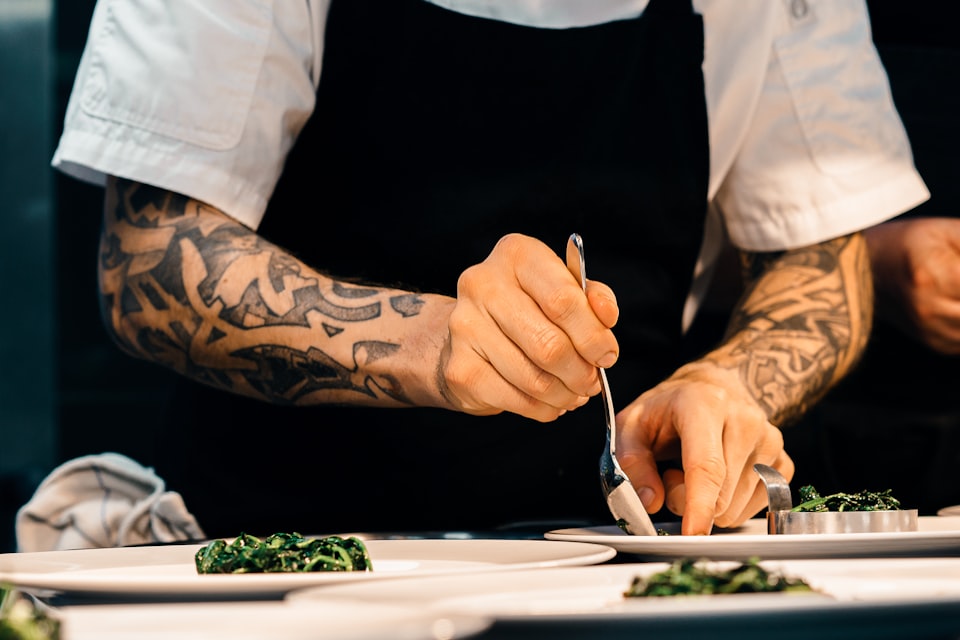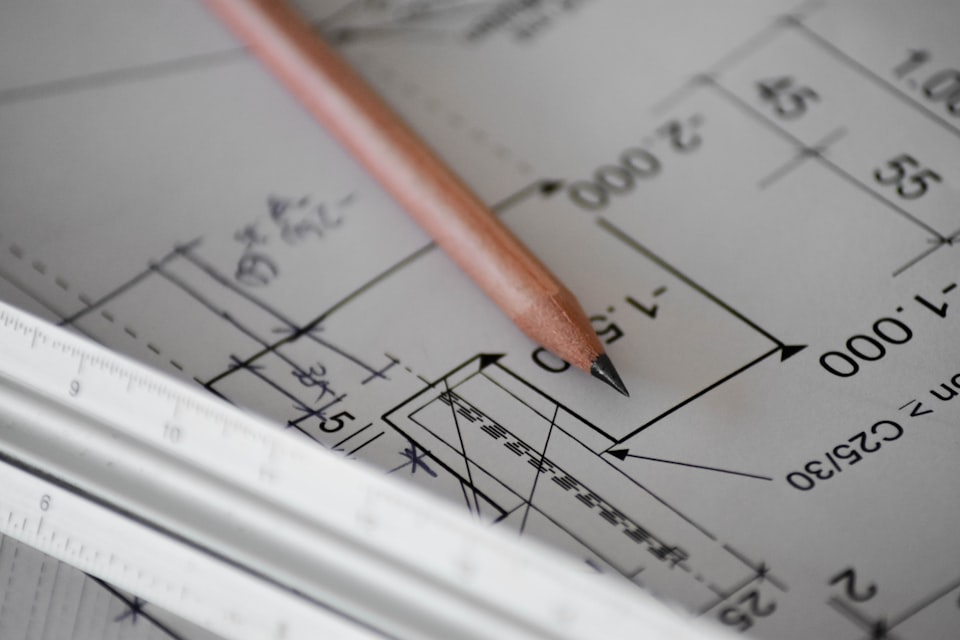In a world where culinary tools and kitchen designs predominantly cater to right-handers, left-handed chefs often find themselves at a disadvantage. Despite comprising about 10% of the population, left-handed individuals frequently encounter challenges in professional kitchens. This article explores these unique obstacles and the innovative ways left-handed chefs have adapted.
Historical and cultural perspective of left-handed cooking
Left-handedness in cooking has long been a topic of little consideration, with kitchen tools and designs traditionally favoring right-handed users. This has roots in cultural biases where left-handedness was often seen as unconventional. However, with a growing awareness of ergonomic diversity, the culinary world gradually embraces inclusivity, providing tools and techniques that accommodate left-handers.
- Cultural Shifts: Over the years, there's been a notable shift in how left-handedness is perceived in the kitchen, moving from a mere inconvenience to an aspect demanding ergonomic attention.
- Global Perspective: Different cultures have started to recognize and address the needs of left-handed individuals, leading to a more inclusive approach in culinary practices worldwide.
The left-handed chef in a right-handed kitchen
Standard commercial kitchen setups can be less than ideal for left-handed chefs. From the placement of kitchen equipment to the orientation of workstations, these environments are often designed with right-handers in mind.
Adapting kitchen tools for left-handed use
The market for left-handed kitchen tools has grown, yet many chefs still need to adapt right-handed tools to their use.
- Knives: Serrated knives designed for right-handers can be particularly challenging. Some chefs choose to invest in left-handed knives or learn to use ambidextrous knives effectively.
- Measuring Cups: Traditional measuring cups are designed to be read when held in the right hand. Left-handed chefs often opt for cups with markings on both sides or digital measuring tools.
Technique adjustments and culinary training for left-handed cooking
Left-handed culinary students face unique challenges during their training. Adapting to right-handed techniques can be a significant hurdle.
- Chopping and Cutting: Many left-handed chefs have to relearn basic techniques to adapt to the angle and safety requirements of right-handed cutting tools.
- Culinary Schools' Approach: Some culinary schools now offer specialized training modules for left-handed students, acknowledging the need for tailored educational approaches.
Ergonomics and safety in the kitchen
Ergonomics is not just about comfort; it's a crucial factor in kitchen safety. Left-handed chefs using right-handed tools are at a higher risk of accidents.
- Ergonomic Designs: More manufacturers are creating kitchen tools with ambidextrous or left-hand-specific designs to enhance safety and comfort.
- Safety First: Emphasizing proper grip and posture tailored for left-handers is key in preventing injuries and ensuring efficiency in the kitchen.
Conclusion
The culinary world's recognition and adaptation to the needs of left-handed chefs not only enhance their cooking experience but also enrich the industry with diverse and innovative approaches. Embracing left-handedness in the kitchen paves the way for a more inclusive and ergonomically conscious culinary culture.




